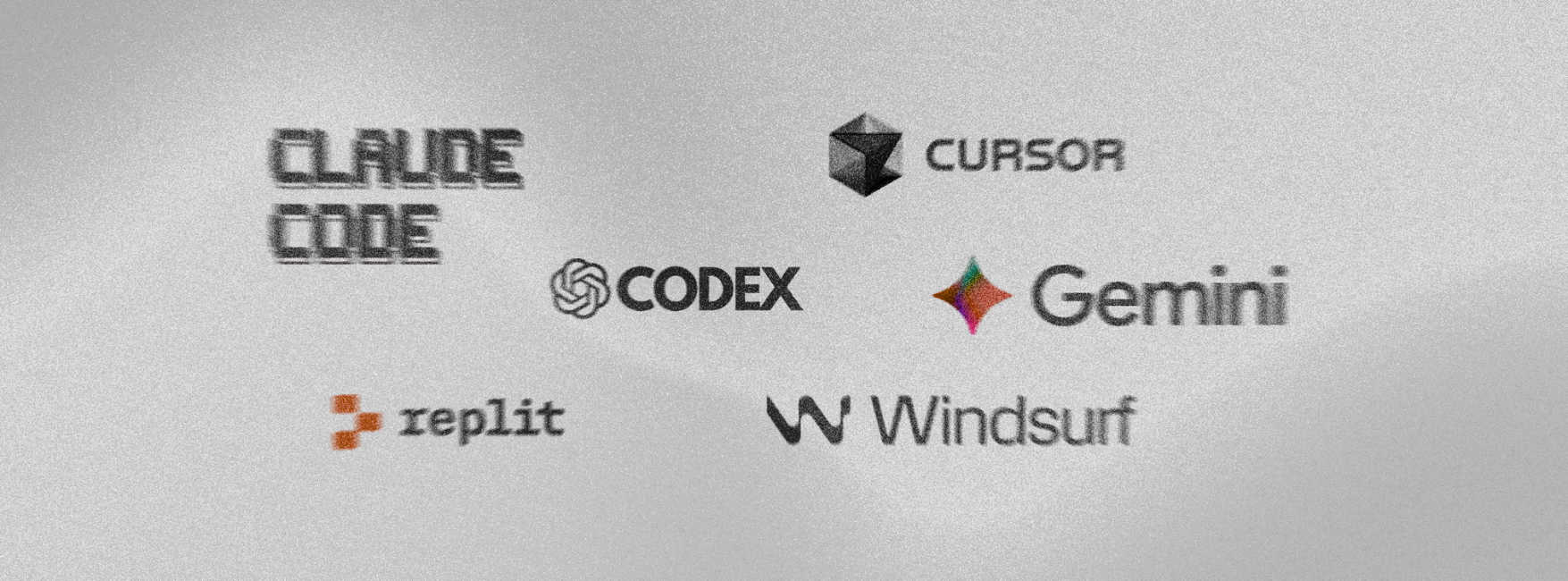Welcome to another edition of Growth Talks. Today, we spotlight Chris Herring, a leader with nearly a decade of experience in creating go-to-market strategies for early-stage tech companies. He is currently the Head of Marketing at hotglue, where he focuses on creativity and personal connections in growth marketing.
He also co-founded Other Side Med, a growing community that supports the partners of physicians. In less than three months, Other Side Med gained over 12,000 followers and 7 million views, becoming profitable while forming strong partnerships and positively impacting the medical community.
Chris is dedicated to his family, enjoys adventure sports, and believes in building community. In this interview, he shares his thoughts on growth, leadership, and balancing work and life.
Your career journey started in an unexpected way what led you to defer law school and dive into the tech startup world? Can you share your biggest career win so far?
Deferring law school was a difficult choice. So much work had gone into preparing for that season of life, but I couldn't shake the gut feeling that it wasn't the right choice. The friends who knew me best encouraged me to try something more creative and untraditional - aka, tech startups. So that's what brought me into the field. Initially, the thought was to defer law school for just one year, get some actual work experience, save some money, and then go back to school. Turns out - I LOVED working with startups and never left. But of all the successful startups I've worked with, I'm most excited and most bullish on hotglue. My biggest career achievement has to be the amount of SDR's I've led who have been promoted into AE's, Marketers, PMs, and RevOps. I've achieved many revenue milestones - but when I think of wins, I think of personal impact. Seeing how these individuals have made even bigger impacts in other roles makes me really proud.
You're known for your expertise in building scalable go-to-market motions for early-stage companies. What are the three key elements that any startup should focus on when building their GTM strategy?
Three key elements that every startup should focus on are:
- Know your ICP. This is critical. Too often startups try to be all things to all people/personas. This causes misdirection, misalignment of product innovation, and an inability to scale. Instead, startups ought to focus on specific use cases. Expand within those use cases before building for others. Get to know those cases in and out, get to know your buyer types well, and care for your customers so they become your brand advocates. Deep and wide customer expansion will drive more recurring revenue over the long term than casting your net to any and everyone who will buy.
- Don't hire for sales too quickly. Many startups are quick to jump the gun on sales because they need more revenue, immediately. But if you can't identify your ICP, you're setting up that salesperson or future salespeople for failure.
- Brand is more important than you think. Startups are a different type of grind than other size orgs. And when people don't know you, they have no reason to trust you. So applying a brand strategy as part of your early stage GTM motion is often a foundational pillar for how a salesperson can be more effective. Whether that's contributing to as many podcasts as possible, getting published in industry-respected reports, consistently contributing on LI, collaborating with other brands who are further along than you, etc All of this helps in initially getting your name out there for more and more people to see, learn from, and trust.
Can you tell us about the journey of founding Other Side Med? What inspired you to create this community, and how has community-building played a role in your professional career, especially in SaaS and tech?
My journey of co-founding Other Side Med is a result of a personal need for connection. Few people truly know what it takes for someone to become a doctor. My wife did 4 years of undergrad, a 2-year master's program, 4 years of medical school, and then 4 years of OB/GYN residency to finally practice as an independent provider. As a partner to someone in medicine, watching your loved one work so hard to achieve their dream is amazing but you also feel the weight of their burdens. Until Other Side Med, there was no real place for partners in medicine to really connect with others like them. There was no place for partners in medicine to feel like they've been seen. There was no place for partners in medicine to champion each other on.
Building the Other Side Med community has taught me a ton in relation to SaaS. While we're not saving lives or curing cancer, we're all battling our own demons in different ways. Put titles and paychecks aside, people are still people. So hearing the stories of others within our OSM community has given me greater empathy for my peers and colleagues in SaaS. We're all just doing the best we can to support the life we want to live.
Other Side Med grew to over 12k Instagram followers and 7M views organically in just three months. What growth strategies or lessons did you apply here that might be helpful for early-stage founders?
As I mentioned before, brand awareness is key for early-stage startups. Subconsciously, people who don't know you or know your business, think, "Do I like them? Do I care for their content? Can I relate to them? Can I learn from them? Are they worth following?"
When we began building our page, we committed to posting 1 quality reel a day for the first 30 days. No one wants to follow a page with very little content and no one wants to follow an account with a very low following. So pushing quality content was key early on. Secondly, we knew we only wanted to target physicians and partners/families of physicians - so all of our content was specific to them. This goes back to "knowing your ICP" like the back of your hand. We weren't focused on nurses, NPs, PAs, or anyone other medical professional. We just wanted our content to resonate with others like us. Consistent content + niching down led to rapid growth. That growth led to partnerships and those partnerships led to revenue. But what worked to get us to 11K isn't the same that will work to get us to 20k. So our growth strategy has changed. It's no longer about 100% acquisition, it's about retaining our followers. We don't want people to get bored. We don't want people to feel like we're saying the same thing over and over. And we don't want people to feel like they're being sold to when we promote various brands. So our content strategy has shifted to accommodate these new needs.
These strategies all apply to SaaS founders. Different stages of growth require content strategies - but it requires an awareness of who's engaging, why, and what they want from it. Unfortunately, many founders don't get into the weeds of content marketing because it's time-consuming. It's time away from product development. It's time away from new deals. And for a while, the content analytics will likely be discouraging. Social growth in B2B SaaS is often much slower than what I've built via Instagram. But my biggest encouragement to founders is to stay consistent.
With the rise of AI in sales and marketing, how do you see the role of human experience evolving in GTM strategies?
I think it's an exciting time to be in sales and marketing. Despite AI creating a lot of noise in the market, I see AI offering the greatest value in how we analyze sales and marketing data. Instead of AI doing the work of an SDR or a content/demand gen marketer, I think AI is better suited to operationalize our systems of work, giving humans more time to create better connections and relationships with their audience.
What's your advice for SaaS startup founders?
Two tips of advice for SaaS startup founders:
- One - remember to celebrate your customers well. They're why you're doing what you're doing.
- Two - once you have those loyal customers, don't be afraid to find ways to partner with them for referrals. Customer acquisition is always difficult - but in the early stages, referrals are the fastest way to trust and revenue.
Looking ahead, what are the next big goals you're excited to achieve, both with hotglue and Other Side Med?
The next big goal I'm excited to achieve at hotglue? We actually just closed on a round of funding, which will play a huge part in driving growth in 2025. That being said, I'm most excited about building hotglue's organic content engine. It will become THE EPICENTER for product and engineering leaders to learn, engage, and apply integration strategies for business growth.
The next big goal I'm excited to achieve at Other Side Med? We have an audacious goal of being featured on Good Morning America. Knowing the impact OSM has had on partners in medicine, it would be very cool to generate greater awareness and share those stories on a platform like GMA.







.svg)